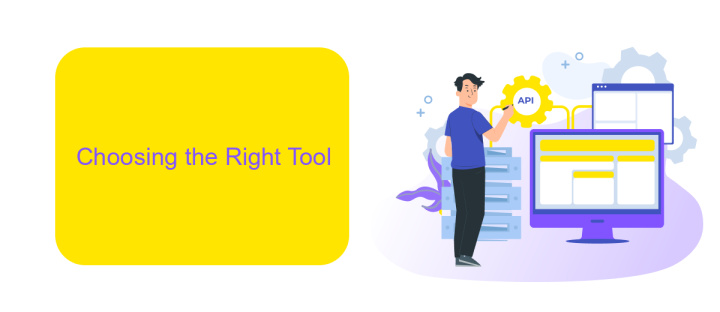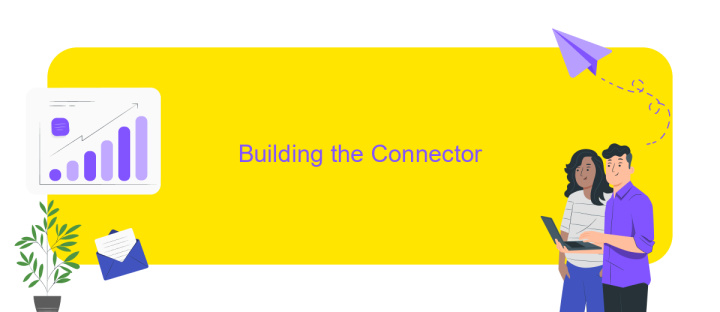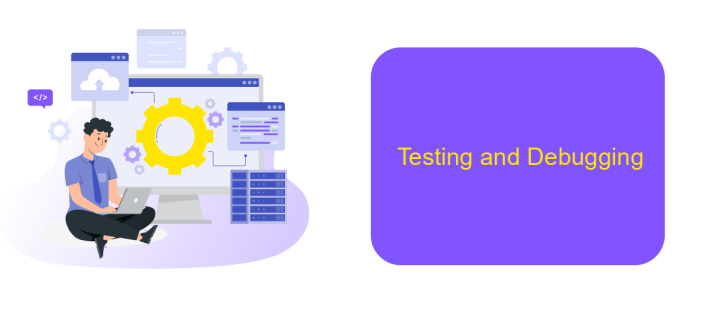How to Build an API Connector
In today's interconnected digital landscape, API connectors serve as essential tools for seamless data exchange between diverse software systems. Building an API connector can streamline operations, enhance functionality, and improve user experiences. This guide will walk you through the fundamental steps of developing a robust API connector, from understanding API specifications to implementing secure data transfers, empowering you to integrate systems efficiently and effectively.
Introduction
In today's interconnected digital landscape, APIs (Application Programming Interfaces) have become the backbone of seamless communication between different software systems. Building an API connector is a crucial task for developers aiming to integrate diverse applications, enhance functionality, and streamline data exchange. Whether you're connecting to a third-party service or integrating internal systems, understanding how to create an efficient API connector is essential for maximizing the potential of your software solutions.
- Define the API endpoints and authentication methods required for integration.
- Choose the appropriate programming language and tools for development.
- Implement error handling and data validation mechanisms to ensure reliability.
- Test the API connector thoroughly to identify and resolve potential issues.
- Document the integration process for future maintenance and upgrades.
By following these steps, developers can create robust API connectors that facilitate seamless integration and data flow between applications. A well-designed API connector not only enhances the functionality of the connected systems but also improves efficiency, reduces redundancy, and opens up new possibilities for innovation and growth. Mastering the art of building API connectors is a valuable skill in today's API-driven world.
Choosing the Right Tool

When building an API connector, selecting the right tool is crucial for ensuring seamless integration and functionality. Consider the complexity of the APIs you plan to connect and evaluate tools based on their compatibility with these APIs. Look for features such as ease of use, scalability, and support for multiple API protocols. Additionally, check for tools that offer robust documentation and active community support, as these resources can be invaluable during development and troubleshooting.
ApiX-Drive is a noteworthy option for those seeking a user-friendly solution to streamline API integrations. It provides a no-code platform that simplifies the process, making it accessible even for those without extensive technical expertise. With its wide range of supported applications and automation capabilities, ApiX-Drive can help you efficiently manage data transfers and automate workflows. By leveraging such tools, you can save time and reduce errors, ultimately enhancing the overall productivity of your API integration projects.
Building the Connector

To start building an API connector, you first need to understand the API documentation thoroughly. This will provide insights into the necessary endpoints, authentication methods, and data formats required for successful integration. Familiarizing yourself with these aspects is crucial for developing a robust connector that functions seamlessly with the API.
- Identify the API endpoints you need to interact with and determine the required HTTP methods (GET, POST, etc.).
- Set up authentication by implementing the necessary protocols such as OAuth, API keys, or tokens.
- Develop the logic to handle API requests and responses, ensuring error handling and data validation are in place.
- Test the connector thoroughly using various scenarios to ensure it handles all edge cases and performs reliably.
- Document the connector's functionality and usage guidelines to facilitate future maintenance and updates.
After completing these steps, you should have a functional API connector that can efficiently communicate with the target API. Remember, ongoing testing and refinement are essential to maintaining the connector's performance and adapting to any changes in the API's structure or requirements.
Testing and Debugging

Testing and debugging are crucial steps in the development of an API connector to ensure it functions correctly and efficiently. During the testing phase, it's essential to simulate various scenarios that the connector might encounter in real-world usage. By doing so, you can identify potential issues and address them before deployment.
Begin by setting up a testing environment that mirrors the production setup as closely as possible. This includes using the same data formats, endpoints, and authentication methods. Automated tests can be beneficial, allowing you to run a series of predefined checks quickly and consistently.
- Validate the API responses for different request types and parameters.
- Check for proper error handling and informative error messages.
- Ensure the connector handles edge cases and unexpected inputs gracefully.
- Test the performance under various loads to identify potential bottlenecks.
Once testing is complete, debugging any identified issues becomes the next priority. Use logging and monitoring tools to trace the source of problems. By systematically addressing each error, you can enhance the reliability and performance of your API connector, ensuring a smooth user experience.
Deployment and Maintenance
Once your API connector is developed, the next crucial step is deployment. Ensure your server environment is secure and scalable to handle potential growth in API requests. Utilize containerization tools like Docker to streamline the deployment process, making it easier to manage dependencies and configurations. Additionally, consider employing continuous integration and continuous deployment (CI/CD) pipelines to automate testing and deployment, ensuring rapid updates and minimizing downtime.
Maintenance is equally important to keep your API connector functional and efficient. Regularly monitor performance metrics and logs to identify and resolve issues promptly. Implement version control to manage updates without disrupting existing integrations. To simplify integration management, consider using services like ApiX-Drive, which offers user-friendly tools to connect and automate workflows with minimal coding. ApiX-Drive can help manage API changes, ensuring your connector remains compatible with third-party services. Regularly update documentation to assist users and maintain transparency. By prioritizing both deployment and maintenance, you ensure a reliable and robust API connector.
FAQ
What is an API connector, and why do I need one?
How do I start building an API connector?
What are the common challenges when building an API connector?
Can I use a no-code platform to build an API connector?
How do I test and maintain an API connector?
Time is the most valuable resource for business today. Almost half of it is wasted on routine tasks. Your employees are constantly forced to perform monotonous tasks that are difficult to classify as important and specialized. You can leave everything as it is by hiring additional employees, or you can automate most of the business processes using the ApiX-Drive online connector to get rid of unnecessary time and money expenses once and for all. The choice is yours!

